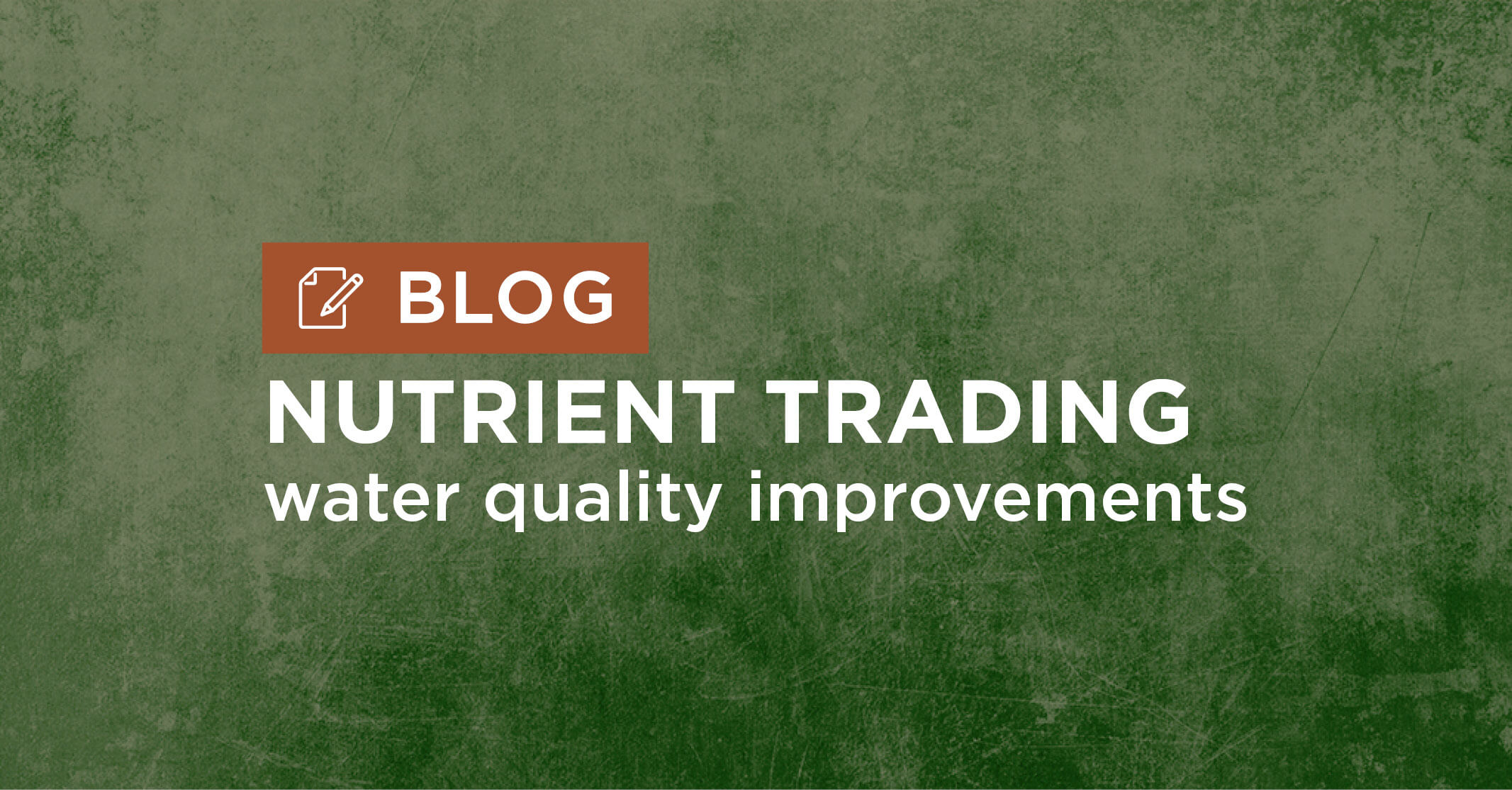Sustainable Environmental Solutions through Nutrient Trading
Nutrient trading has emerged as a compelling solution to address the challenges posed by nutrient discharge into water sources. By incentivizing nutrient pollution reduction, nutrient trading fosters agricultural sustainability and opens new avenues for collaboration between farmers, regulators, and environmentalists. By staying at the forefront of emerging trends, the experts at Snyder & Associates can help explain the significance of nutrient trading, its environmental benefits, and the steps involved in setting up nutrient trading programs.
Understanding the Process of Nutrient Trading
Understanding nutrient trading is crucial in the realm of environmental sustainability, particularly in the context of water quality management. Nutrient trading is a market-based approach to reduce nutrient discharges, primarily nitrogen and phosphorus, into water bodies. The concept promotes the idea that entities, such as farmers, wastewater treatment plants, and third-party representatives, can engage in a mutually beneficial relationship.
Nutrient trading works like this: farmers implement best management practices such as covering crops, reducing tillage, and using proper fertilizer management to minimize nutrient runoff, earning credit for the reductions achieved. These credits can then be traded with others, typically treatment plants or third-party representatives, that face challenges in meeting nutrient discharge limitations. This innovative system promotes sustainable farming practices and provides cost-effective solutions for wastewater treatment, further reinforcing a collaborative and economically viable approach to environmental conservation.
Permit Limits & Motivation for Trading Nutrients
Environmental permits act as the first line of defense against nutrient pollution. These permits, issued to point sources like wastewater treatment plants and industrial facilities, come with specific limits on nutrient discharges. The intention is clear: control and reduce the levels of nitrogen and phosphorus entering our water ecosystems. While these permit limits are crucial for regulatory compliance, they also set the stage for a dynamic and market-driven approach to environmental stewardship.
Under the nutrient trading standard, facilities that successfully reduce their nutrient discharges below their permit limits can generate excess credits. These credits become valuable commodities that can be traded with others facing challenges in meeting their permit limits. It’s a win-win situation — environmentally responsible facilities benefit economically, while those struggling with compliance find a cost-effective path to meet regulatory requirements.
Setting Up Nutrient Trading Programs
Establishing a nutrient trading program involves collaboration between a city or wastewater treatment plant, regulatory bodies like the Iowa DNR, and organizations specializing in nutrient trading. For example, Iowa’s Soil and Water Outcomes Fund liaises between cities and local farmers, facilitating agreements and verifying nutrient reductions.
The first step is to define clear permit limits for nutrient discharges, delineating the boundaries within which industries and wastewater treatment plants must operate. Concurrently, a nutrient trading program must be developed, outlining the rules and mechanisms for buying and selling nutrient credits. This includes determining how credits are initially allocated, often based on historical discharges and regulatory benchmarks. The system must incorporate monitoring and reporting mechanisms, as well, to track nutrient discharges accurately. Regulatory oversight plays a critical role in maintaining the integrity of the trading system, ensuring that environmental goals are met and water quality standards are upheld.
Cost-Effectiveness & Comparisons: Nutrient Trading vs. Infrastructure Development
An intriguing aspect of nutrient trading is its cost-effectiveness compared to traditional wastewater treatment options. A case study conducted by our experts revealed that a small town could achieve significant nutrient reduction at a much lower operational cost through nutrient trading than through expensive treatment plant upgrades.
Reducing nutrients at a wastewater treatment plant often requires costly and intensive treatment equipment, leading to high capital expenses. Rather than investing extensively in such infrastructure, which can be financially burdensome for a city, especially considering the marginal reduction in nutrient levels per liter, a more practical alternative is exploring nutrient trading.
Challenges & Limitations of Nutrient Trading
While nutrient trading offers numerous benefits, some challenges can occur. One significant hurdle is the accurate measurement and verification of nutrient discharges, as the success of trading relies on precise data. They ensure transparency and prevent fraudulent activities in the trading market, demanding robust monitoring and reporting mechanisms and posing a technological and logistical challenge.
Additionally, establishing fair and equitable allocation methods for initial nutrient credits can be complex, as historical discharges and baseline calculations may not capture evolving environmental conditions. The effectiveness of nutrient trading hinges on active participation, necessitating stakeholder engagement and regulatory coordination, which can be time-consuming and challenging to orchestrate. Addressing disparities in the capacity of different entities to participate in trading, particularly small businesses, may pose equity concerns. Striking the right balance between economic interests and environmental protection is another ongoing challenge, as the program must incentivize reductions in nutrient discharges without compromising water quality goals.
Despite these challenges, a well-designed and carefully managed nutrient trading program has the potential to offer innovative solutions to nutrient pollution while promoting economic efficiency and sustainability. This topic remains a promising and sustainable approach to addressing nutrient-related environmental issues.
By fostering collaboration between cities, regulatory bodies, and farmers, nutrient trading provides a cost-effective alternative for nutrient reduction and promises long-term benefits for water quality and environmental health. As communities explore solutions to meet nutrient reduction goals, the professionals at Snyder & Associates can help guide this process and show how nutrient trading can be a viable and environmentally conscious option.
